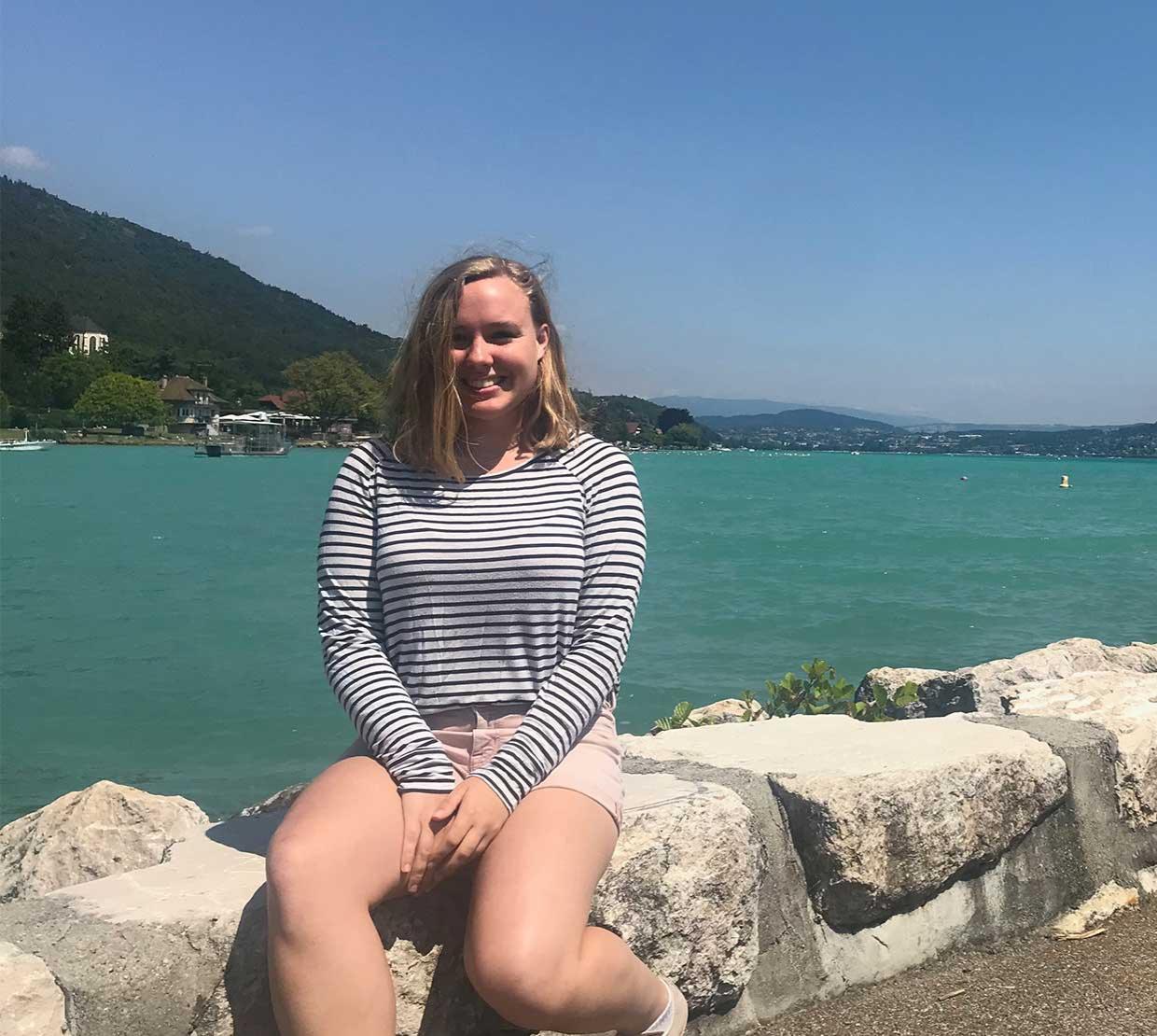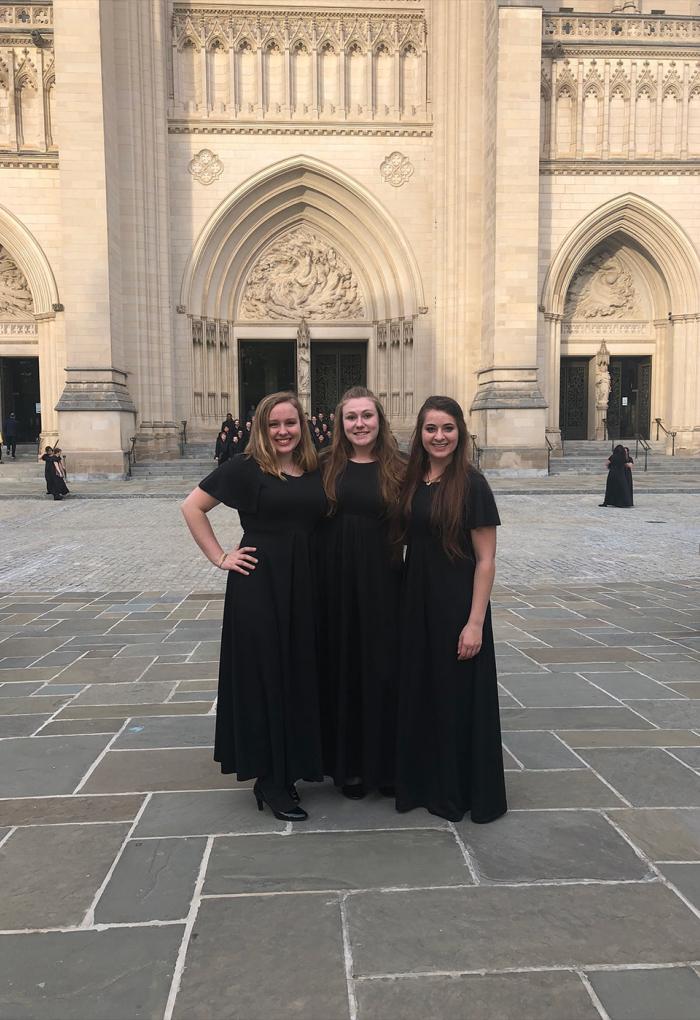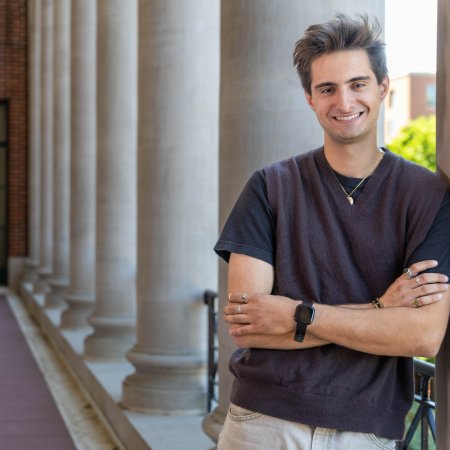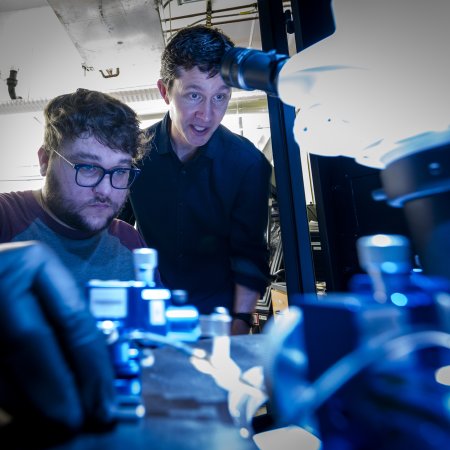Many of us know of forensic science from crime TV shows. Madeline Bloom, an incoming senior in honors chemistry, is trying to make it her life.
Bloom did not grow up with a science background. Her mom is a kindergarten teacher, and her dad is a banker at Wells Fargo. “No one in my family does science, so it’s definitely been cool to talk about it with them since they don’t know a lot about it,” she said.
While television might have been her first introduction to forensic science, she became hooked after doing a class report in middle school on what the job was really like. “It intrigued me to know that you can work within the justice system even when you work in a lab,” she explained.
Knowing what she wanted to do early on helped her choose high school classes that would be applicable to her future. It also made her decision for which university to attend a lot easier: “I saw that OSU had a chemistry major with a forensic science option, and that really clicked for me,” said Bloom.
“I think OSU has definitely put together a great course load to get you prepared for a job, and the research opportunities are infinite!”
“Forensics has multiple avenues that people can go down,” Bloom said. She is interested in forensic chemistry and toxicology, which will allow her to conduct toxicology reports to analyze bodily fluids for drug or poisons. “Forensic chemistry usually refers to analyzing physical evidence at the scene for controlled substances, arson or explosives.”
Making the adjustment from high school to college came with challenges she hadn’t expected – like taking three different science classes at the same time. She had to adapt to a new mindset of taking the classes “to learn the material, not just to get a perfect score.”
Bloom began working with chemistry professor Claudia Maier in the OSU Mass Spectrometry Center the winter of her junior year. Under the mentorship of a postdoc in Maier’s lab, Bloom is working to develop a new method for detecting cardiovascular diseases (CVDs). Due to the COVID-19 pandemic, her research so far has been remote, but she was able to extend her work into this next academic year with a SURE Science scholarship, which provides a maximum of $5,060 in research funding for science undergraduates. Students are required to present their research in a poster session, which under COVID-19 era guidelines has now been rescheduled for May 2021.




